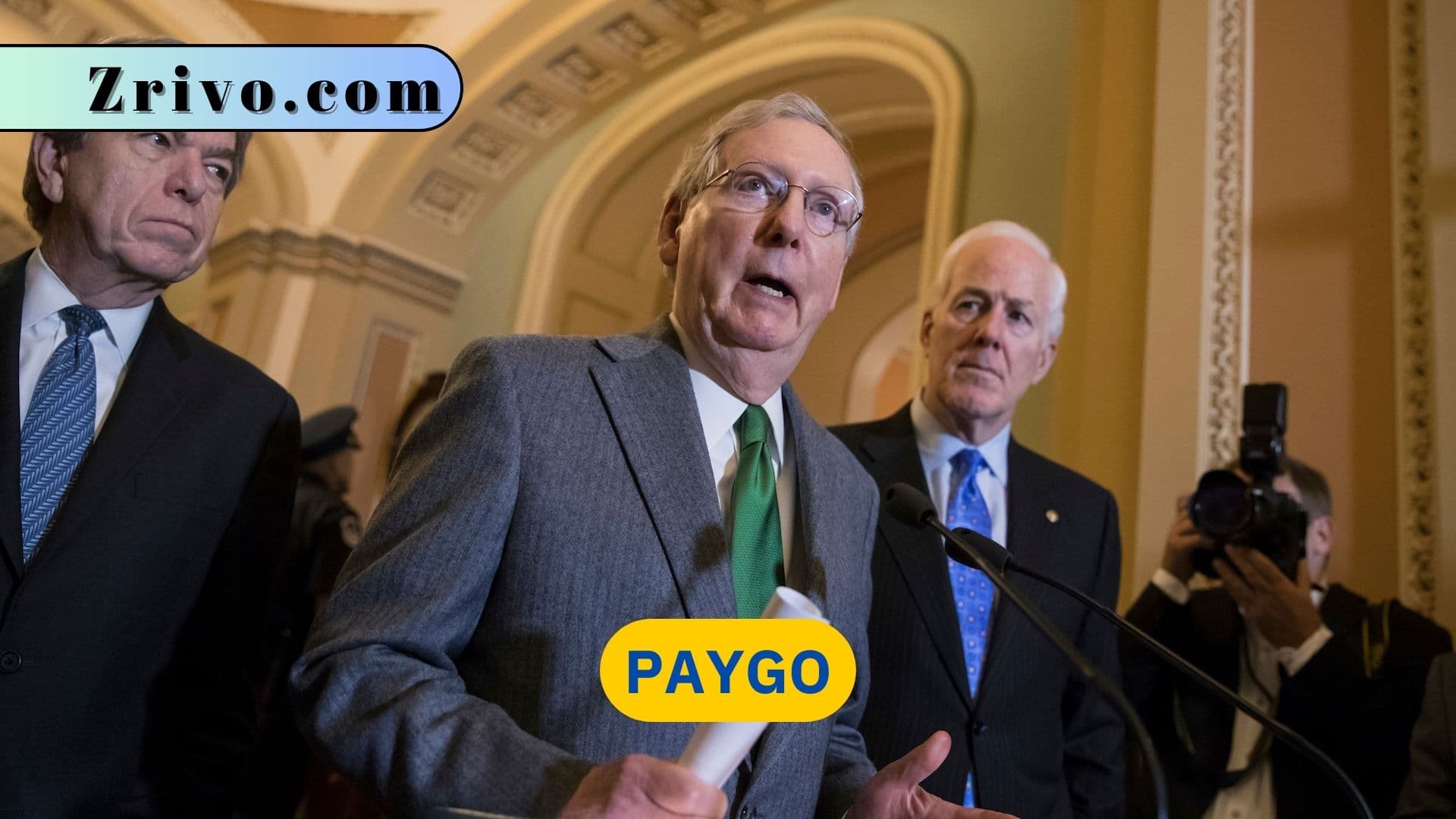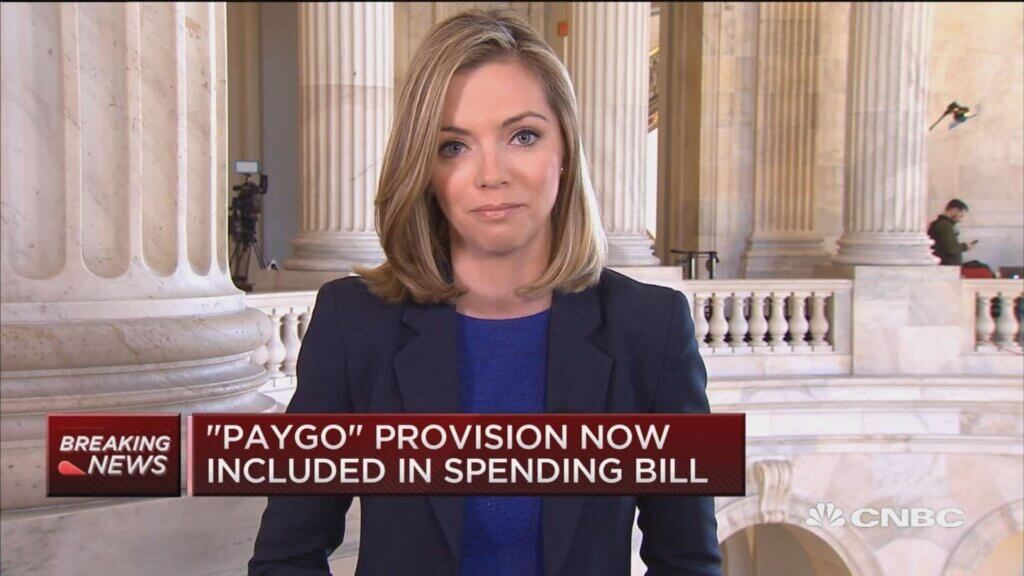PAYGO
PAYGO is a rule in the House of Representatives that requires any bill that increases deficit spending to be offset by decreases in other spending or increased revenues. The rules are enforced by the Budget Committee, which serves as a resource for members and staff on implementation and enforcement of the rule.

Contents
PAYGO is the congressional rule that requires any expansion of mandatory programs (like Medicare or food aid) to be offset with budget cuts or tax increases. PAYGO has bipartisan support in theory, but it’s easy for legislators to game the system. For example, procedural rules in the House and Senate allow low vote thresholds to brush aside PAYGO. And the Bipartisan Budget Act of 2018 zeroed out the PAYGO scorecard, effectively allowing Congress to ignore its responsibility to the nation’s debt.
According to some Progressives, PAYGO is just another way for Republicans to hamstring Democratic big policy ideas. Moreover, they point out that the current system is broken and that replacing it with more robust rules is long past time. Progressives have pushed to change the rule so that it exempts investments to combat COVID-19 and climate change, which they argue will create jobs and help the economy. But the change to the rules has not been easy for Democratic leadership, which believes fiscal responsibility is one of its best selling points in moderate suburban districts.

How Does PAYGO Act Work?
The PAYGO Act operates on a simple principle: for every dollar of new spending or tax cuts, an equivalent dollar must be saved elsewhere in the budget. This mechanism ensures that any fiscal changes do not add to the deficit, forcing policymakers to be mindful of the broader fiscal implications of their decisions. The act applies to certain mandatory spending programs and tax provisions, exempting discretionary spending, interest payments on the debt, and certain entitlement programs like Social Security and Medicare.
The idea of pay-as-you-go budgeting dates back to the early 20th century when some states used similar mechanisms to control their spending. However, the PAYGO Act gained significant attention during the budget battles of the 1980s and early 1990s when concerns about rising deficits and debt prompted calls for more fiscal discipline.

Advantages of the PAYGO Act
The PAYGO Act forces policymakers to consider the cost of new spending initiatives and tax cuts, promoting responsible fiscal decision-making and discouraging excessive borrowing. By curbing deficit spending, the act contributes to reducing the national debt over time, potentially alleviating the burden on future generations. A stable fiscal environment created by the PAYGO Act can foster investor confidence, economic growth, and job creation.
Disadvantages of the PAYGO Act
Critics argue that the PAYGO Act can be overly restrictive during economic downturns when policymakers may need to deploy fiscal stimulus to support the economy. Some policymakers might exploit the act’s exemptions and loopholes to pass legislation that adds to the deficit without adhering to PAYGO requirements fully. The act’s impact on certain mandatory programs, like social safety nets, raises concerns about potential adverse effects on vulnerable populations.

The PAYGO Act and Healthcare Reforms
One area where the PAYGO Act has been particularly relevant is healthcare reform. Proposals for expanding healthcare coverage often require significant spending, and the PAYGO Act’s provisions become crucial in such cases. Lawmakers must find alternative funding sources or offsetting spending cuts to adhere to the act’s requirements.
The PAYGO Act also plays a pivotal role in shaping tax policy. Tax cuts must be balanced by spending reductions or revenue-raising measures to avoid increasing the deficit. This has led to intense debates on the efficacy and fairness of various tax reform proposals.
Challenges to Enforce the PAYGO Act
Enforcing the PAYGO Act effectively requires rigorous oversight and transparency. Policymakers must accurately account for the budgetary impacts of their decisions and avoid accounting gimmicks that could undermine the act’s purpose. Additionally, complying with the act may necessitate complex and intricate legislative negotiations.
The concept of pay-as-you-go budgeting has been embraced by several countries worldwide. Different variations of the PAYGO Act are employed to manage deficits and debt levels in countries such as Germany, Australia, and Canada. However, the effectiveness of these policies varies depending on each country’s unique economic and political context.





